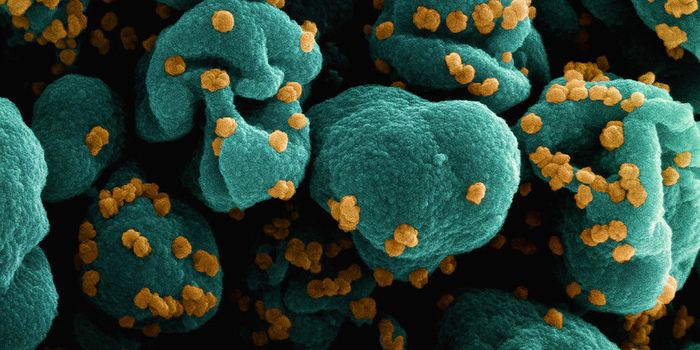A Caterpillar Robot for Drug Delivery? Ya, That's a Thing
Drug delivery is a significant part of medical research since a drug cannot work if it cannot access the part of the body where it's needed. Nanotechnology, including quantum dots and miniature robotic devices, are key players in this cutting-edge technology. The newest edition is a small "milli-robot" from researchers at City University of Hong Kong (CityU) that could be the way forward in delivering drugs to parts of the body that have been difficult to reach so far.
One of the issues with the robotic devices is the environment in the body. Tissues that are inflamed, or are lined with bodily fluids like mucus and blood are not easily navigated by tools that have to be so small. The design from the team at CityU is unique in that it is rubber and soft and has multiple flexible legs that help it move around on a variety of surfaces in the body. Milli-robots are being investigated in many labs around the globe, but the team at CityU started with researching hundreds of species of ground animals that are multi-legged to see what might work best. Their approach was to take what was already available in nature and try to re-purpose it for medical device use.
The model they came up with has hundreds of little legs that are pointed but made of soft rubber. They are less than 1mm long and resemble short hairs, much like the caterpillars and other species that inspired the design. The team was also careful to keep the size and ratios efficient, sometimes more efficient than those in nature. They designed the robot with leg-length to a leg-gap ratio of 1:1. Dr. Shen Yajing, Assistant Professor at CityU's Department of Biomedical Engineering (BME), who led the research explained that using this size made the robot better able to move throughout the body.
The shape mattered as well. The tiny legs are pointed on the end, which means they come in contact with less of surface area, reducing friction. The tests the scientists ran in their lab showed that their design of a multi-legged robot had 40 times less resistance than limbless robots in both wet and dry environments.
So apart from size and ratios, the question of materials was important in the design as well. They made their robot with a silicon material called polydimethylsiloxane (PDMS) and…wait for it…it's magnetic. The team embedded it with magnetic particles which means it can be controlled remotely via the application of electromagnetic force. Professor Wang Zuankai at CityU's Department of Mechanical Engineering (MNE) originally came up with the design and worked with the team on making it happen. He explained, "Both the materials and the multi-leg design greatly improve the robot's hydrophobic property. Besides, the rubbery piece is soft and can be cut easily to form robots of various shapes and sizes for different applications."
Like a tiny precision sports car, the design is also maneuverable. It moves forward with flap propulsion similar to an inchworm, flipping a section of the front feet forward and pulling along. It can also alternate between moving the left and right rows of feet to go sideways if necessary. Being able to advance in a variety of body environments, with different textures and levels of moisture is critical for its success.
Finally, the loads have to be considered since the purpose is to deliver medication. Like little ants that can carry giant pieces of plants or food, the robot can carry nearly 100 times its own weight. Much like Superman, it can also climb obstacles that are ten times its height, even at a 90-degree angle, just not in a single bound. The device shows incredible promise for health applications, but more research is needed, first on animal models and eventually in human clinical trials. Before that begins, the team wants to fine-tune the materials, specifically finding something biodegradable that will decompose readily once the treatment is complete. They will also be looking into new shapes and other features. Take a look at the clip below to see how healthcare might look with a caterpillar-like robot as part of medical treatment.
Sources: City University Hong Kong, New Atlas, Nature Communications









